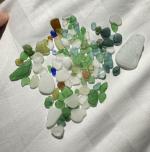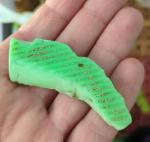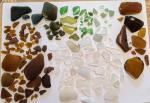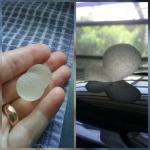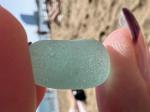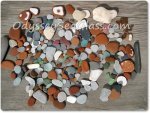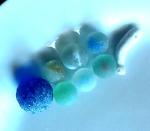-
Sep 06, 24 12:38 PM
Name of the Beach: Travelahawk Beach City nearest to that beach: Wicklow The state, country, or island where the beach is: Ireland Travelahawk Beach
Read More
-
Aug 12, 24 01:36 PM
I'm curious about this amber sea glass and how it could be dated?
Read More
-
Aug 06, 24 08:32 AM
Discovered a lot of sea glass on the low -incoming high tide at Woody Point! I wasn't sure I would find anything. Even found a piece of old green vitrolite
Read More
-
Jul 07, 24 10:30 AM
Bumbora Beach (nickname Bumby), Norfolk Island, is a beautiful extremely picturesque beach littered with boulders, coarse pebbly/shelly sand, and an abundance
Read More
-
Jun 28, 24 01:22 PM
Question: What do you suppose this is? Answer: It's hard to say, specifically, but does resemble hobnail glass, perhaps from a large bowl. Here's more
Read More
-
Jun 28, 24 12:47 PM
We walked on the beach for a couple of hours today but not much beach glass showing. However, we came across this strange orange/pinkish fish on the beach
Read More
-
Jun 20, 24 06:46 AM
I've searched all over to find this dang mark! Can't find it anywhere! So I'm hoping someone on here can tell me what company this would be and any other
Read More
-
Jun 19, 24 01:18 PM
Name of the Beach: Barceloneta. City nearest to that beach: Barcelona, Catalonia, Spain. Incredible seaglass! The beach glass is very well rounded and
Read More
-
May 27, 24 11:25 AM
Welcome to the captivating world of beach combing for sea glass, where each unique piece tells a story of its journey through time and tide.
Read More
-
May 22, 24 03:10 PM
Bakoven Beach just past Camp's Bay South Africa Submitted January 27, 2018 by Terra I am currently living in Cape Town and find loads of great sea
Read More





